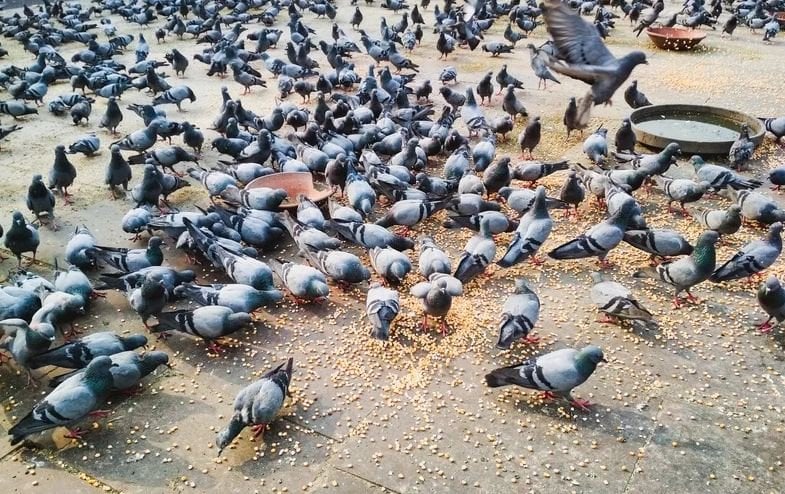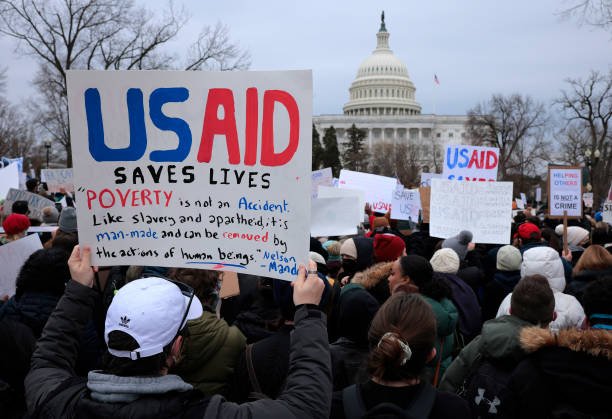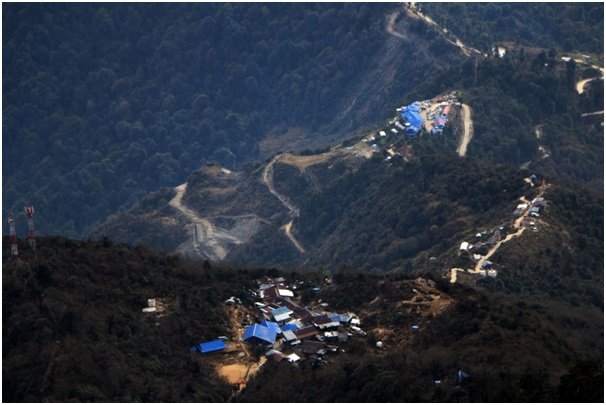The Beauty of Urban Life

Living in the midst of the crowded and noisiest place of Nepal, Kathmandu, I couldn't help but feel a sense of longing for the simpler life I once knew back in the lush green fields of my village. The smell of damp wood after rainfall, the loud chirping of birds signaling the start of a promising morning, and the crescent moon shining in the night sky were all distant memories that felt like a lifetime ago. As I walked down Kalanki's unappealing road, I couldn't help but wonder if my life would become monotonous. I was unable to see the sunset from my balcony. Tall structures were all I could see in front of me. “Had I made a wrong choice by coming here?” I doubted myself and fell asleep.
I heard a tiny ‘queech-queech’ sound close by. I knew that sound. It was the same bird that sang a song nearby my window back in my village. I thought I was dreaming until I heard the loud motorbike. I got up and was astounded to see about 15 sparrows on my balcony. I flung open my window and watched as a flock of Myna flew past. It felt like they were welcoming me. A huge flock of pigeons flew together toward the foodgrains on the ground an elderly woman downstairs was throwing. Likewise, other bird species such as crows, sparrows, barn swallows, rock pigeons, kites, and oriental magpie robins are residing in every available area, building nests in bushes, trees, nest boxes, the ground, balconies, and beneath bridges. They did not come across fruits, berries, or flower nectar as they did in the village, but they had adapted by consuming whatever they could find including grains, peels from fruits and vegetables, and leftover food. Watching these tiny birds with their music and vibrant color was a blessing to me amidst the cement and concrete.
But how much can they adjust to the urban structures that are evolving so quickly? There has to be a limit on it. Will they eventually perish if they can't adapt anymore? Growing cities can mean changes in birds’ movement patterns, altered access to resources, increased collisions with buildings, reduced forest patches and increases in noise, air temperature, pollution and domestic cats hunting them. The disturbances of signal transmission also had an adverse impact on the birds, as they are highly dependent on acoustic communication for their survival, defense of territory, and reproduction. Weather variations, electrocution, and artificial lights have all resulted in the decline of these urban birds too.
Just as they give my life meaning in the big city, there must be something I personally can do to help them live. It is our duty to cooperate in their preservation and protection. All development initiatives should be carried out in accordance with the 17 Sustainable Development Goals. Similarly, we can prevent bird collisions by hanging curtains over the windows. Making bird feeders, water feeders, and baths for the birds, insulating the electric wire to prevent electrocution, selecting low-intensity lighting to reduce the wavelengths of blue, violet, and ultraviolet light, and keeping lights on the ground rather than in trees are all other precautions that can be taken.
While I may not be able to do much to change things alone, I know that small actions can make a big impact. I have put a water bath, bird feeder, and a cover over a glass window on my balcony. I have also pledged to never place an indoor plant next to a window and will turn off unnecessary lights at night to prevent them from being disoriented while migrating. I'll plant flowers or trees in empty spaces to make it easier for birds to build their nests. But I can't do this by myself. I believe that if enough people come together to protect and preserve urban birds, we can improve their lives and make our cities a better place for all creatures, great and small. Therefore, I was wondering if every reader can do all the things I had done.






Leave Comment